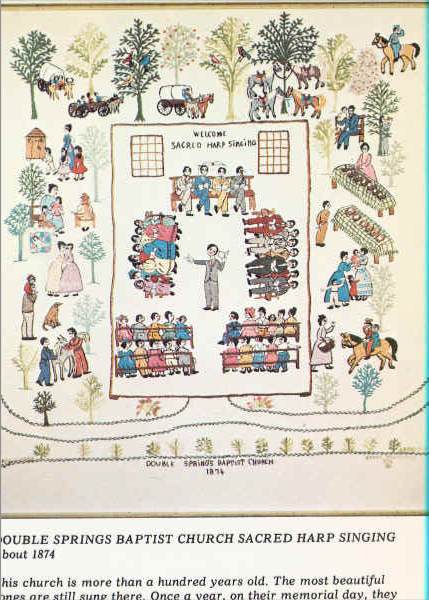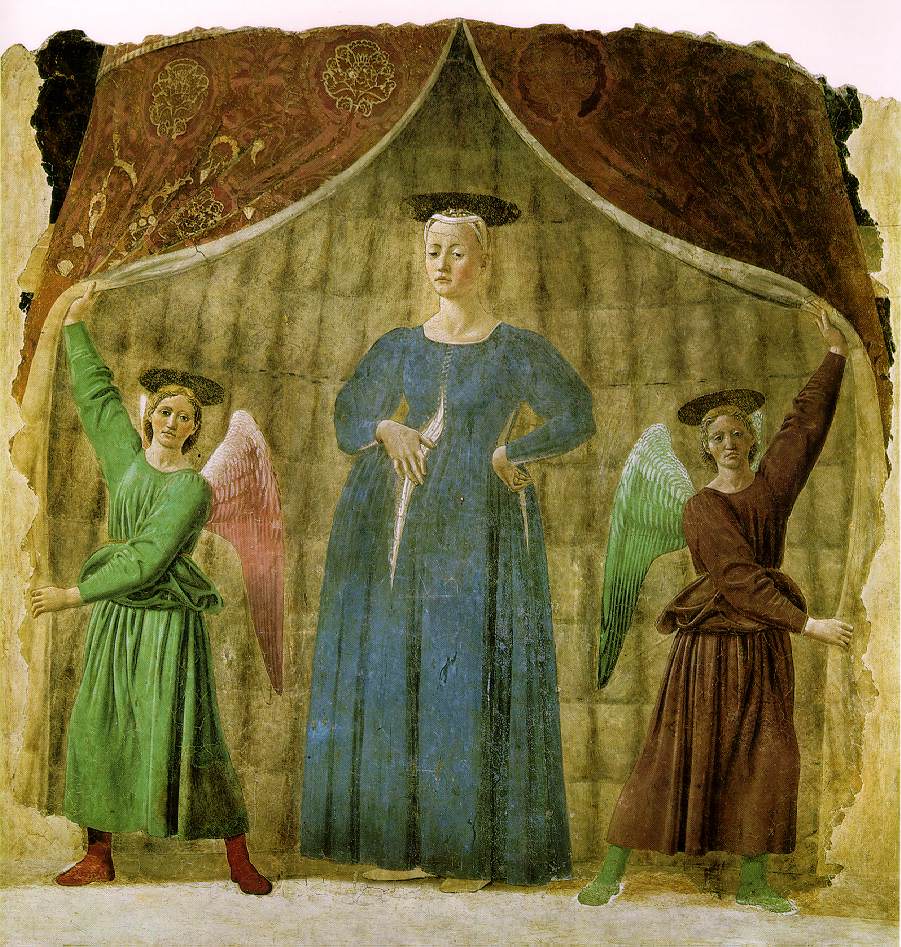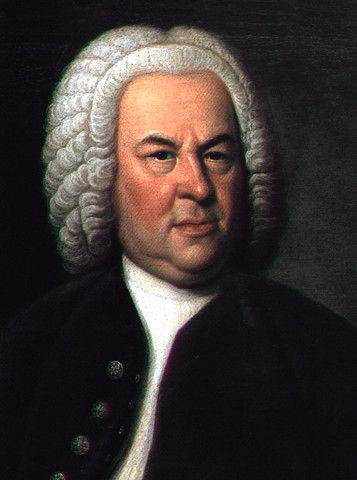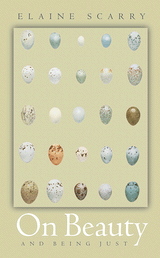Why lines matter in poetryThe line is, for most readers, what makes a poem something other than what we read and speak in the rest of our lives. Like prose or conversation, poems are made of discrete terms, sentences and phrases (and fragments, and noises). What seems to distinguish the poem from these other instantiations of language is lineation and its effects on meaning, sound, and movement. Of course this is simplistic—heightened attention to diction, to “formed” language, to figures of speech, to image, to sensory encounters with both idea and emotion—these also comprise the territory of a poem. But they do not do so as exclusively as the line. Line breaks, line lengths, lines arranged in stanzas, and “memorable lines” collect to give us visual, auditory, and meaningful encounters with poetry. What follows is a primer on the poetic line, a stripped down but useful list of some of the factors and choices that contribute to poetic lineation as it has developed and is practiced by contemporary poets writing in English. (Please see the bibliography below and interlaced links, both indicating my sources for these notes).
Two (usually supplemental not contradictory) ways to view a poetic line1) As a metrical or sonic measure of language—as primarily a device that controls and moves a reader’s experience across and through the auditory landscape of a poem. In metrical verse (verse that measures and repeats), patterns of emphasis on stressed and unstressed syllables create the movement or stopping of a poem. In rhymed verse, the ends of lines coincide with particular word sounds. In free verse, line breaks and enjambment alternate between movement and rest, giving emphasis and attention to particular words or combination of sounds. In
Whitman’s poems, echoing the
parallelism of the Psalms and prophets, repeated beginnings and structures of sentences--
anaphora--produces a definitive cadence. In some free verse, poets consider the line to be a unit of breath. See
Levertov on this.
2) As a unit of meaning that works in distinction from or cooperation with a poem’s other grammatical elements, primarily the sentence. Lines that enjamb, for instance, can create half-meanings that are extended or challenged by the subsequent line.
Mary Kinzie argues that it is “partial meaning and dissatisfaction” the compel us to keep reading in a poem, that propel us forward. Champions of the organic line insist that a poem’s lines should mimic the subjects they represent, or the experience of those subjects (think of Whitman’s or Ginsberg’s long lines). Others will suggest that each line of a poem should have a kind of independence and weight that merits being set off as a line. Kinzie, again, suggests that the very act of creating lines indicates the substance of each line is equal to that of another—this is a measure of meaning rather than merely of sound.
Ten reasons to end a poetic line1) Formal/Metrical reasons often determine where to stop. Whether writing iambic pentameter, common meter hymns or pop tunes, a line often needs to end once a certain collection of stresses and syllables has been collected.
2) Lines often close at the ends of phrases or sentences. In Hebrew poetry, for instance, the opening or closing tags determine a line’s shape (see
Ps. 70:2-4, for instance). Other parallelisms—antithetical ones, for example—can also make this determination.
3) Free verse tends to offer two kinds of lineation—broken phrases (anti-grammatical) and more complete units of phrase (grammatical). These can both be end-stopped or enjambed to varying effect.
4) Many poets enjoy employing violent or dramatic line-breaks that draw attention to themselves, to particular terms, sounds or meanings. See G. Brooks’
We real cool. Other line breaks are more subtle, drawing less attention to themselves. Both sorts seem necessary for one another.
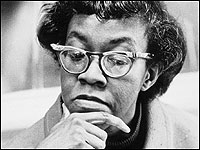
5) Lines end when they carry a certain weight of image or meaning, when that vision or sense matches the weight and shape of other lines. This goes to Kinzie’s idea about lineation itself suggesting a measure of equality between lines.
6) Lines work to create provisional meanings, to foreshadow a sentence’s conclusion or to set up a tension between the line’s meaning and that of the sentence or phrase once it is complete. See Scott Cairns’
The Spiteful Jesus. A warning here—the continuous use of tension can lead in time to no tension at all.
7) Repetition (and variation) of a phrase, set of sounds, or metical unit can determine line length or ending. Anaphora is one example of this sort of lineation.
8) Rhymes and slant rhymes can be reasons for ending a line. Rhyme often affects enjambment by couching or curbing it—giving range to the movement of a sentence. However, enjambment tugs against rhyme because line tugs against sentence. End stopped rhyme offers a formal set of sonic stop to the poem while enjambment moves the poem forward, the rhyme being a kind of passing connectivity but not a stoppage.
9) Grammatical or syntactic inversion can also be reasons to shape and end a particular line. The variance on the Subject-Verb-Object construction creates its own set of contingent meanings and connotations (mention parataxis v. hypotaxis, or Cairns’ appositives in a poem like
Possible Answers to Prayer).
10) The imagistic, sonic, symbolic or cognitive stress of ending and beginning words also matter in breaking a line. For this reason, many poets take care that the ending word of a line is significant in one or more of these ways. An opening up of connotation (or a more denotative shutting down) might be especially important to consider at the end of a line. Some poets think of a strong word (strong in any on of several senses—meaning, sound, image--being the landing point, or turning point, for a line’s ending.
What some poets say about the line, the sentence, and the poem
Jorie Graham on long lines:

When you’re using many sentence-length lines, what becomes useful is parsing out key stresses at turning points—where the line breaks, and where it resumes. Deciding which terms are going to be in stressed positions, how each one is going to “back up,” as it were, all preceding stress points, makes for a very relativistic prosody, but one that can be precise in spite of the length of the phrasings. . . the trick is to get the right words stressed of necessity by a reader in order to key the emotion down the page.
Graham on the shorter line:
Once you being talking from the position of being a social creature, you go back to the line in which social discourse takes place, the pentameter. It’s a more exterior line, which, since Shakespeare, we associate with people speaking to one another. On either side of it stand more unspeakable lines—longer lines for the visionary; shorter and more symmetrical ones for song, spell, hymn; and shorter yet for the barely utterable, the shriek, the epitaph.
Graham, again, on the indented line:
The indented line became a very useful place to negotiate and control the music of the poem. I was . . . very interested in the sentence, in the kinds of energies the sentence awakens—desire for closure, desire for suspension of closure, desire for simultaneity in a stream of temporal action that defies simultaneity. . . . what happens along the way of the sentence that you’re in the process of undertaking, the think you can’t put alongside but that has to actually happen in the sentence as a “dependent” phrase?
The indented line allows you to modulate the sentence and keep it capable of carrying so much without collapsing. It’s all a matter of freight carried to speed of carriage, to mangle Frost’s quote. It gave me a kind of lift—and three musical units: the full line, the shorter fragmentary line that condenses stresses on very few words—often words that could never carry a stress—prepositions, articles, conjunction—words which, if stressed, truly alter the nature of actual inquiry of the poem is; and the “landing”—the often-times single word on the left margin which takes the strongest stress of all. Those “landing words” gave me a king of propulsion that made a rather long poem feel like a containable lyric utterance.
Charles Wright on the work of a line, short or long
“Each line should be a station of the cross."
Mark Doty from
Souls on Ice (describing the writing process of the poem “A Display of Mackerel”).
I did feel early on that the poem seemed to want to be a short-lined one, I liked breaking the movement of these extended sentences over the clipped line, and the spotlight-bright focus the short line puts on individual terms felt right. "Iridescent, watery," for instance, pleased me as a line-unit, as did this stanza:
prismatics: think abalone,
the wildly rainbowed
mirror of a soapbubble sphere,
Short lines underline sonic textures, heightening tension. The short a's of prismatics and abalone ring more firmly, as do the o's of abalone, rainbowed and soapbubble. The rhyme of mirror and sphere at beginning and end of line engages me, and I'm also pleased by the way in which these short lines slow the poem down, parceling it out as it were to the reader, with the frequent pauses introduced by the stanza breaks between tercets adding lots of white space, a meditative pacing.
Michael Ryan, from
Grammar for PoetsOne could also graph the sentences in poems across the same stylistic range, according to how they fulfill-frustrate-play with-or-against our S-V-O expectation. Poems no less than prose are made of sentences, and expectations of sentences (by the reader), and avoidances of sentences (by the writer). But they are also made of lines that alter our experience of sentences, by foregrounding the sounds of the words, phrases, and pauses which make up sentences but which we don't attend to until these sounds are highly organized and orchestrated. The primary instrument of this orchestration is the lines, and lines can also be arranged in stanzas, which may further foreground the lines by signifying their own organization independent of the sentences. The difference between metered and unmetered lines, in the strictest stanza forms to the free-est verse, is no more than the difference between the degree of foregrounding of the lines against the sentences, and therefore the degree to which our attention to those sentences is complicated.
Martin Heidegger, “Poetically, Man Dwells” from (Poetry, Language, Thought 221)
"Poetry is a measuring."
Adrian Blevins from
In Praise of the SentenceThe sound of actual speech broken up into lines is not the same thing as poetry, for all good poetry must be contained or shaped in such a way as to alarm us into apprehending more than one meaning at a time. If Coleridge is right and “poetry reveals itself in the balance or reconciliation of opposite or discordant qualities,” conversational tones alone in a poem will sound too mundane or boring—too much like unformed Laundromat chatter—to move us. For this reason, speech effects are often countered and even contradicted by language used in more overly poetic ways. . . . Since linguists say that almost all sentences, both written and spoken, have never existed before, the way we put them together might be one of the only ways we have of distinguishing ourselves from others. The ways in which a poet sounds like nobody but himself is, again, in essence, what we call his voice. So perhaps it is possible to measure a poet’s worth by measuring his willingness to spend his fearlessness, which is just another way of saying all his energy, on the verbal manifestation of his peculiarity. Ironically, hearing the sound of peculiarity—of what many poets and critics call “the genuine” or “authentic”—might be the only way we have of really knowing that we are not alone. For to hear what sounds like a real person in the world speaking to you from the page (and even more startlingly, from beyond the grave) is to diminish the lonesomeness that we are born, witless and garbled and slippery and ignorant, to somehow bear.
Scott Cairns on the line, complexity and provisional meanings.
The line in poetry is one way that a poem opens up to complexity, one way it resists being simply a document of record, or a simple reference to a prior event. I usually talk about this strategy in terms of “parallel codes”: the syntactic and the stichic, respectively. Most English poems avail themselves of a fairly recognizable English syntax, even if they may not employ standard mechanical conventions. And the meaning generated by this recognizable syntax might be correctly apprehended as the primary sense of the utterance. All I’m saying for now is that . . . an English poem can generate an initial, a primary sense, an appreciable meaning. Even so, in a poem that employs the line—that is, in a verse poem—this overall sense delivered by syntax is intermittently interrupted by its being broken into stichs . . . broken into lines. Most devoted readers learn to be very attentive to these units, and are therefore about to witness, line by line (and at a finer level, word by word), a provisional sense which the line itself articulates, a momentary syntax that operates relatively independently of the larger syntax of the entire sentence. Very often, individual lines and/or variously apprehended groupings of lines can serve to suggest provisional meanings which can complicate, or even contradict, the sense delivered by the overall syntax.
Some things worth reading (some of which are the sources for these notes)Addonizio, Kim and Dorianne Laux. The Poet's Companion. New York: Norton, 1997.
Dunne, Gregory. “A Conversation with Scott Cairns.” Prairie Schooner 79.1 (Spring 2005): 44-52.
Graham, Jorie. “The Art of Poetry,” The Paris Review 165 (Spring 2003): 52-97.
Kinzie. Mary. A Poet’s Guide to Poetry. Chicago: U of Chicago P, 1999.
Levertov, Denise. "
On the Function of the Line." New and Selected Essays. New York: New Directions, 1992.
Oliver, Mary. Rules for the Dance: A Handbook for Writing and Reading Metrical Verse. Boston: Houghton, 1998
The Line:
Excerpts from Claims to PoetryA Poetic Glossary and a
Dictionary of Poetic Forms and Techniques from the Academy of American Poets.
Vince Gotera has a
useful, more succinct discussionof line.











